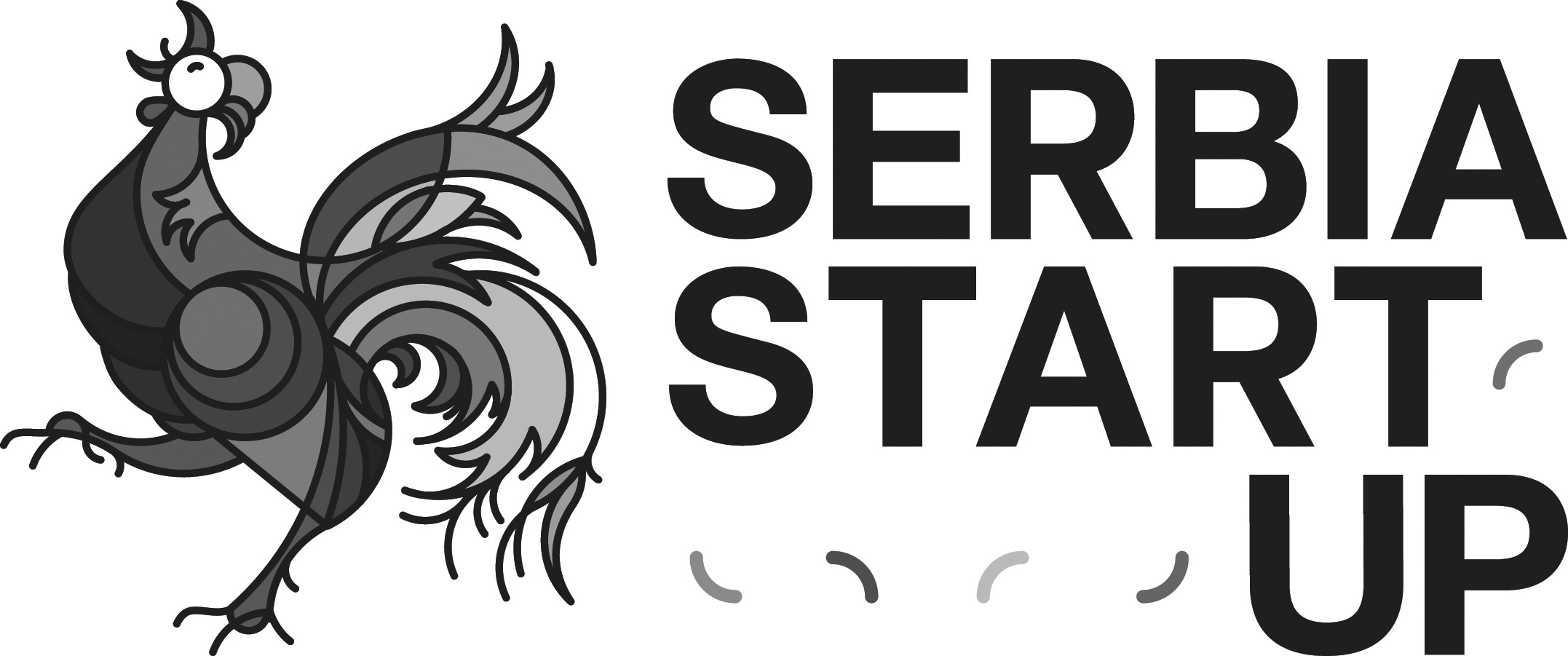Ecosystems
Serbia
The Republic of Serbia considers the development of startups, small and medium enterprises and entrepreneurs as a crucial segment for recovery and development of Serbian economy. In March 2015, the Government of the Republic of Serbia adopted the Strategy development of small and medium enterprises, entrepreneurship and competitiveness for the period from 2015 to 2020. In Serbia, SMEs make up 99.8% of the total number of businesses and generate about 2/3 of employment, turnover 54.1% of GDP, and account for 43.2% of exports. 80% of the total workforce works in the SME sector. The current percentage of enterprises which are under the leadership of women entrepreneurs constitute 30 per cent of all enterprises in the Republic of Serbia, which is encouraging statistics. Serbian SMEs are facing limited access to financing. Majority of the SMEs, 74%, primarily finances its businesses from their own resources, 57% from bank loans, 10% from private capital, 7% from investment funds and 4% from public programs. 83% of Serbian entrepreneurs are highly educated, 97% of them implemented some kind of innovation in their business, and their businesses are primarily in the areas of agribusiness, production, and IT.
Based on continuing growth, Serbia is focused on special measures for three fast performance
sectors, creative industries, services in agriculture and information communication. This creates a wide range of
opportunities for young generations to be innovative and confirmation of their interest in new technologies but also it
is a vivid call for agri and traditional businesses to modernize and make a break based on digitalisation, automation,
e-commerce and global marketing opportunities. Serbian creative goods and services are ranked in the top 40
countries based on World innovation index (2018) especially in cultural and creative services exports and national
feature films production, printing and other media output. Information technologies become one of the healthiest
industry in Serbia but its full opportunities are highly related to innovation and overall business environment, so the
strongest profit pipeline of the sector is still based on outsourcing the services. Agriculture and food industry
account for around 11.9% of GDP where 70% comes from plant production. For example, Serbia is one of the top three
global exporters of raspberries, and definitely the top one in terms of quality.
These three mentioned sectors reflect good trends in cooperation and dialogue among government, finance, manufacturing, telecommunications and education networked throughout industry and university centres of Belgrade, Kosovska Mitrovica, Novi Sad, Niš, etc.
The year of 2016 was declared The Year of Entrepreneurship in Serbia, which helped massive
promotion and culture of the startup and entrepreneurship positive environment development, as a follow up of numerous
strategic documents and measures such as National Youth Strategy 2015-2020, Support of SME and Competitiveness Strategy
2015-2020, Science and Technology Development of Republic of Serbia Strategy 2016-2020, IP Development Strategy, IT
Development Strategy, etc. Startup and business events where young people could meet successful entrepreneurs
become regular, and some of them are Startup Grind, Startup Meetup, CRINSS conference, Business Caffee, SEE IT Summit,
Inat-digital transformation, e-migration and innovative attitude Summit, etc. Startup competitions and pitching
sessions we are organising are one of the most successful tools for highlighting the newcomers in the business like
Future Agro Challenge, Creative Business Cup, etc.
One of the basic trends is related to entrepreneurial skills development on two levels: building the relationship between the education system and entrepreneurship results in series of projects to contribute reducing unemployment and opening up new companies and jobs, and exchanging experience, business knowledge and collaboration opportunities with corporations and international companies.
The key stakeholders of Serbian’s startup ecosystem include:
Chamber of commerce of Serbia, Belgrade
The University of Priština temporarily settled in Kosovska Mitrovica
Center for competitiveness, University of Novi Sad
Innovation Fund, Belgrade
Impact Hub, coworking, Belgrade
Founder Institute, accelerator, Belgrade
Cluster House, Niš
Center for innovative entrepreneurship, Niš
Delta agrar, business hub, Novi Sad
The most common obstacles for SME is to meet the foreign markets and barriers to internationalization. Lack of information about foreign markets is a serious problem for SME in Serbia as well as the expensive cost of market research.

